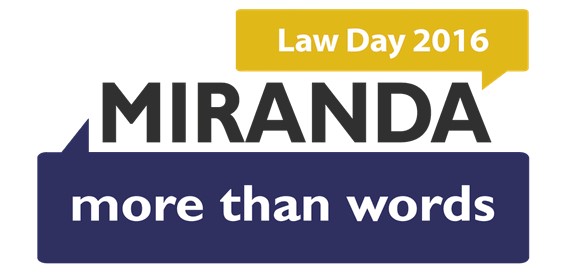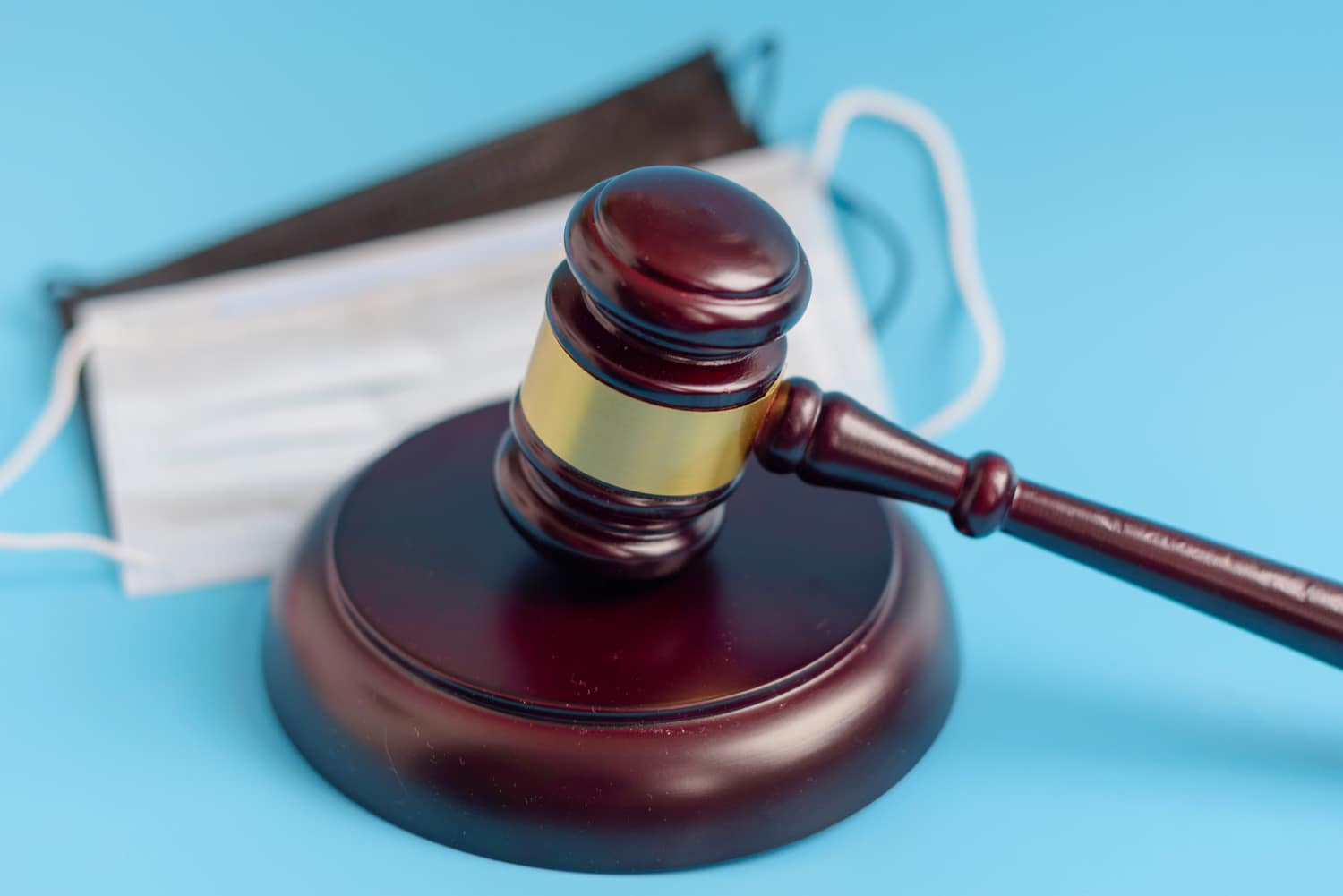May 1 Is Law Day
Law Day is a holiday that celebrates the role of law in our nation’s history and culture and allows us to learn a little more about a specific topic in legal history.
Law Day dates back to 1958 when President Dwight D. Eisenhower issued a proclamation creating the holiday based on a recommendation from the American Bar Association. Three years later, Congress passed a joint resolution establishing May 1 as Law Day throughout the United States. The official language of the statute that codifies Law Day calls it “a special day of celebration by the American people in appreciation of their liberties and rededication to the ideals of equality and justice under law.”
Although Eisenhower proposed the idea of Law Day on its own merit, he may have had an ulterior motive that stoked his enthusiasm for the new holiday. Many countries around the world celebrate International Workers’ Day or “May Day” on May 1, and U.S. politicians and lawmakers in the 1950s had an interest in suppressing American May Day celebrations thanks to that holiday’s historical association with communist and socialist causes. Law Day provided a new alternative to May Day after previous May 1 holiday ideas like “Loyalty Day” had failed to capture much popularity.
Almost 60 years later, the Cold War is a mere memory and communism is no longer viewed as a legitimate threat to our way of life. The political undertones of Law Day have faded into a historical footnote, and Law Day now simply provides a way to celebrate those who work in the legal profession and to read up on landmark cases and moments in the history of law.
Many university law schools and local bar organizations hold contests, seminars, and other educational events for Law Day each year, and the American Bar Association also selects an annual “theme” for each Law Day based on a historic legal event or idea. In 2015, for example, Law Day paid tribute to the 800th anniversary of the Magna Carta, the historic English document that outlined basic human rights and held kings and other regents accountable under the law for the first time.
Miranda: More than Words
This year, the American Bar Association decided to highlight the origin of Miranda rights with the theme “Miranda: More Than Words,” which will explore the landmark Supreme Court case that established certain rights for criminal suspects.
Even Americans who don’t recognize the term “Miranda rights” are most likely familiar with them. We hear them stated every time a cop arrests a criminal on TV and informs the suspect of their “right to remain silent” and other protections. While most Americans today probably take this procedure for granted thanks to its familiarity, the Miranda rights of suspects were only established in 1966 after the key Supreme Court decision in Miranda v. Arizona.
In the case in question, rape suspect Ernesto Miranda was arrested and interrogated by two police officers for two hours, during which time he was cut off from any outside contact. Officers never informed Miranda of his rights as a suspect during this time, and the interrogation eventually resulted in a signed, written confession. This confession was introduced at trial, where Miranda was found guilty of kidnapping and rape and was sentenced to 20 to 30 years imprisonment on each count. The Supreme Court of Arizona later upheld this verdict on appeal, saying that officers had not violated Miranda’s rights.
In a decision addressing the Miranda case and three similar cases, however, the U.S. Supreme Court invoked the Fifth Amendment right against self-incrimination to rule that “the prosecution may not use statements . . . stemming from custodial interrogation of the defendant unless it demonstrates the use of procedural safeguards effective to secure the privilege against self-incrimination.” This decision effectively put an end to law enforcement interrogation tactics that took advantage of a suspect’s lack of awareness of their right to counsel and other legal protections.
Although some members of the law enforcement community have claimed in the ensuing years that the Miranda decision has hindered the prosecution of criminals, most legal scholars agree that the Supreme Court’s decision provided a necessary legal safeguard to prevent criminal investigators from taking advantage of citizens who do not know their rights under the law.
As an interesting footnote to the actual Miranda case, Miranda was later re-charged and tried again for the rape crime. Prosecutors did not introduce the confession in this trial and were able to successfully convict Miranda of the crime even without this evidence.
Call Crosley Law If You’ve Been Injured
If someone you know has been seriously injured as a result of another party’s negligence, contact one of the experienced personal injury attorneys at Crosley Law Firm immediately. You can call our office at (877) 535-4529 to schedule a free consultation, or you can fill out our convenient free case review form and one of our attorneys will get back to you promptly to conduct a free consultation.
References
1958: President Eisenhower proclaims Law Day. (n.d.). HISTORY.com. Retrieved from http://www.history.com/this-day-in-history/president-eisenhower-proclaims-law-day
Law Day: A research guide. (n.d.). The Law Library of Congress. Retrieved from https://www.loc.gov/law/help/commemorative-observations/law-day.php
Law Day 2016 – Miranda: More than words. (n.d.). American Bar Association. Retrieved from http://www.americanbar.org/groups/public_education/initiatives_awards/lawday2016.html
Facts and case summary – Miranda v. Arizona. (n.d.) United States Courts. http://www.uscourts.gov/educational-resources/educational-activities/facts-and-case-summary-miranda-v-arizona









